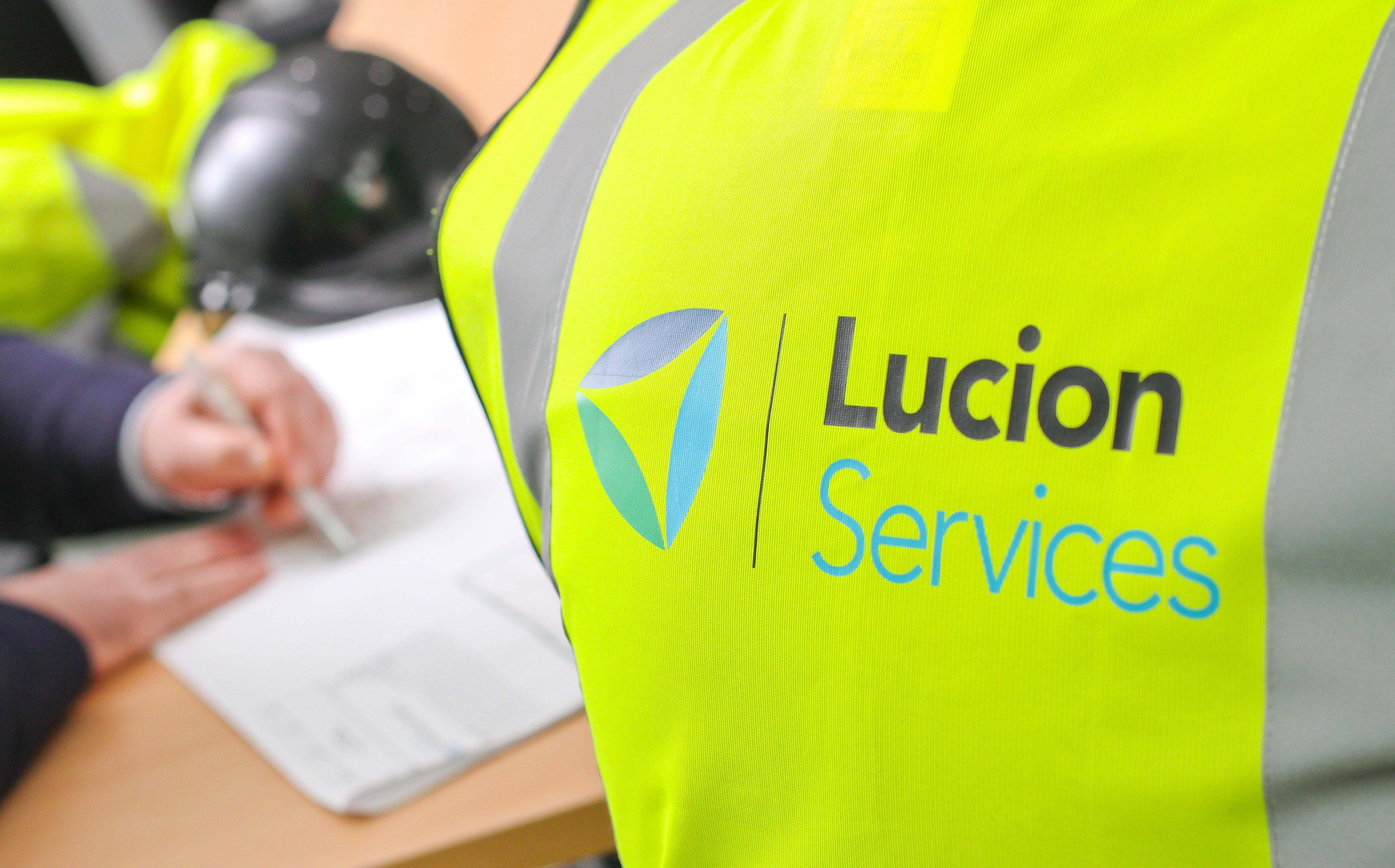Protect Your Team: Managing The Workplace Exposure Risk
11 September 2018
Guidance on hazardous substances in the workplace has been upgraded in a move that could affect large parts of UK industry and commerce, including the construction and engineering sectors. Lucion Services consultant Stuart Goodman explains more.
The Health & Safety Executive (HSE) has updated COSHH (Control of Substances Hazardous to Health Regulations) information covering a list of hazardous products, changing the Indicative Occupational Exposure Limit Values (IOELV) and, in the process, setting new limits for their use in the workplace. The move, part of a drive to improve industrial safety levels, has been designed to help protect workers from the effects of ill-health caused by exposure to harmful substances.
The development follows consultation relating to the implementation of Directive 2017/164/EU, which introduced the 4th list of Indicative Occupational Exposure Limit Values (IOELVs) for thirty-one chemical substances. This is known as the 4th IOELV Directive and was adopted by the European Commission in January 2017.
The Consultative Document set out the HSE’s proposals for establishing Workplace Exposure Limits (WELs) for the substances listed in the Directive. This proposed that out of thirty-one chemical substances identified within the consultation, six have been assessed as having an impact on UK industry.
Now, the Directive, which came into force on 21 August, aims to provide guidance for employers, helping them to ensure that the exposure of employees to harmful substances does not exceed national limits. While the move does not cover every substance in use in the workplace, they provide valuable information for health and safety risk assessment activities concerning hazardous substances.
Why Do We Need WELs?
Many people are exposed to a wide range of hazardous substances while at work, for example, chemicals, fumes, dust, and fibres. These can under certain circumstances, have a detrimental effect on people’s health and wellbeing. If exposure to these substances is not properly controlled, it can lead to significant health problems.
Furthermore, some illnesses caused by hazardous substance exposure may not appear until a long time after initial exposure. So it’s extremely important for employers and others with health and safety responsibilities, to know in advance how to protect the wellbeing of those working with a hazardous substance.
Which Six Substances Have Been Updated?
The six substances updated on the HSE’s list are 2-ethylhexan-1-ol; carbon monoxide; manganese and inorganic manganese compounds (as manganese); nitrogen dioxide (NO2), nitrogen monoxide (sometimes known as nitric oxide); and sulphur dioxide.
The construction and engineering sectors will be affected by the changes, but other heavy industries such as foundries, steel making, chemical manufacturing, welding and fabrication, petrochemical, mining and tunneling, agriculture, pharmaceuticals and chemical manufacturing and coal production are also likely to feel the impact.
Substances that have been assigned a WEL are subject to the requirements of COSHH. These regulations require employers to prevent or control exposure to hazardous substances; defining ‘control’ as adequate only if (a) the principles of good control practice are applied, (b) any WEL is not exceeded, and (c) exposure to asthmagens, carcinogens and mutagens are reduced to as low as is reasonably practicable.
So Why Are WELs Required?
WELs are British occupational exposure limits, which are in place to help protect the health of workers. They are concentrations of hazardous substances in the air, averaged over a specified period of time, and referred to as a time-weighted average (TWA). Two-time periods are generally used – a long-term (eight hours); and a short-term (15 minutes). The latter are set to help prevent effects such as eye irritation, which may occur following exposure for a few minutes.
More information about WELs can be found at www.hse.gov.uk/pubns/indg136.pdf but clearly ensuring employees stay healthy remains paramount. This can be undertaken effectively through monitoring exposure to risks and regular health checks. The former would normally revolve around air sampling, but it may also involve taking regular breath or urine samples for analysis.
So What Is Safe?
It’s important to note that the absence of a substance from the list of WELs does not indicate that it is safe. For these, exposure should be controlled at a level to which nearly all the working population could be exposed to on an almost daily basis, without any adverse impact on health. As part of the assessment required under regulation 6 of COSHH, employers should determine their own working practices and in-house standards for control of exposure.
In some cases, there may be sufficient information available for employers to set an ‘in-house’ working standard. This might be provided by manufacturers and suppliers of the substance itself, or from publications of relevant industry associations. Occupational medicine and hygiene journals can also prove to be useful sources of data and advice.
There’s no doubt organisations need to be aware of the latest developments surrounding workplace exposure limits: it’s critical for everyone’s wellbeing and for facilitating greater understanding about the effects of working with hazardous substances.
Discover how Lucion can help you to achieve COSHH compliance: COSHH Risk Assessment
Further Information
What are the workplace exposure limits? http://www.hse.gov.uk/pubns/indg136.pdf
Why are they required? http://www.hse.gov.uk/pUbns/priced/eh40.pdf (page 8)
What the update covers? http://www.hse.gov.uk/pUbns/priced/eh40.pdf (page 5/6)
IOSH https://www.iosh.co.uk/MyIOSH/Consultations/HSE-Consultation-on-CD283-Workplace-Exposure-Limits.aspx
HSE http://www.hse.gov.uk/pubns/priced/eh40.pdf
Lucion Services COSHH Compliance http://www.lucionservices.com/services/coshh-compliance/
RPE Face Fit Test Guide
Depending on the type of work being conducted, employees identified (through risk assessments) as being at risk of exposure to hazardous dust or other respirable substances must wear suitable face-fit tested RPE.
Discover the various types of RPE and whether your RPE needs to be face-fit tested with our free download from Lucion Consulting.
_1.png)
Download From NexGen
Health and Safety Policy Template
Get organised and allocate responsibilities to certain team members using this easy to use Health and Safety Policy template provided by our health and safety consultants at Lucion Consulting.
_1.png)
Download From NexGen
Health and Safety Risk Assessment Template
Risk Assessments are part of the risk management process and are included in the Management of Health and Safety at Work Regulations. A Risk Assessment is a process of identifying what hazards currently exist or may appear in the workplace. Utilise our Risk Assessment PDF example and template to help conduct your own Risk Assessment.
_1.png)
Download From NexGen
 NexGen
NexGen
























